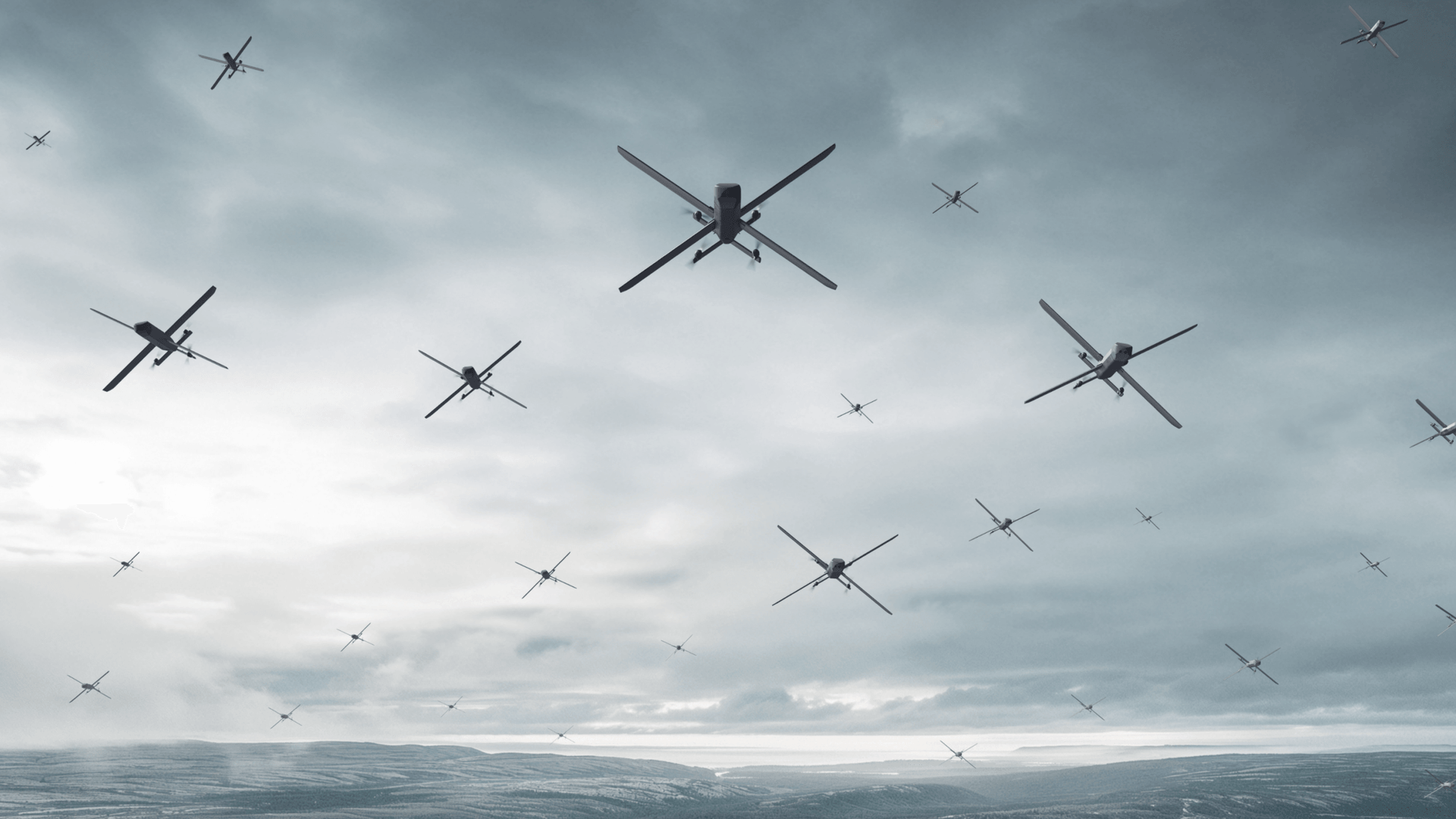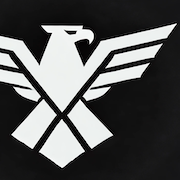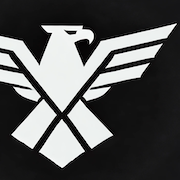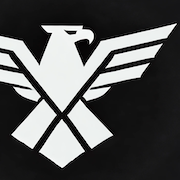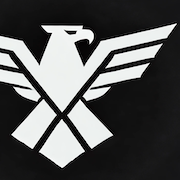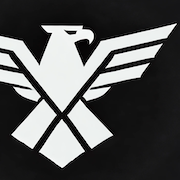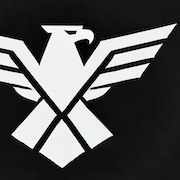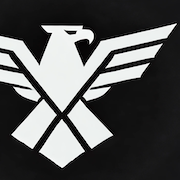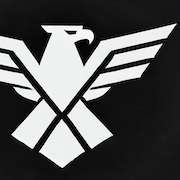Helsing Proposes AI-Powered HX-2 Drone Wall for NATO's Eastern Flank Within One Year
Helsing unveils a plan to deploy an AI-enabled drone wall along NATO’s eastern flank, integrating HX-2 strike drones, Altra battlefield AI, and satellite reconnaissance. The system forms a scalable, multi-domain digital shield for real-time deterrence against hybrid threats.

AI Drone Wall: A Next-Gen Deterrent
Munich-based defense technology firm Helsing has announced its plan to deploy a drone-based defensive wall across NATO’s eastern border—spanning over 3,000 kilometers—within 12 months. The system is centered around HX-2 drones, a fleet of autonomous, AI-powered platforms designed for real-time surveillance, precision strikes, and resilience in electronic warfare environments.
According to Helsing’s co-founder and co-CEO Dr. Gundbert Scherf, the drone wall will serve as a modern, flexible alternative to static minefields, using smart autonomy to identify and neutralize threats while safeguarding friendly forces.
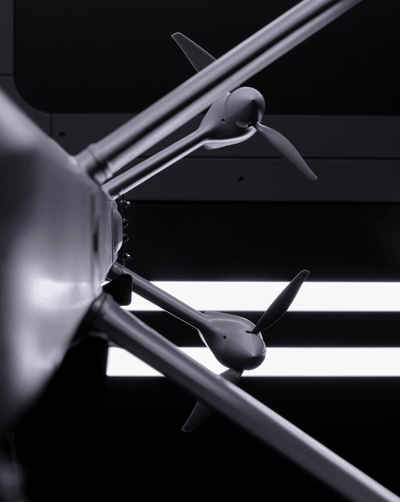
Integrated Battlespace: HX-2, Altra, and Satellite-Driven ISR
Already operational in Ukraine, the HX-2 drone integrates advanced artificial intelligence, precision targeting, and resistance to electronic countermeasures, proving its combat effectiveness. Helsing’s solution aims to scale this success across NATO’s eastern front, providing a layered, automated defense shield against conventional and hybrid threats.
Helsing HX-2 Strike-Drone in action; Video © Helsing
/ HX-2 – Swarm-Capable Through Altra
The HX-2 is natively integrated with Altra, Helsing’s proprietary reconnaissance-strike software platform that transforms standalone drones into a networked, swarm-capable force - designed around on-edge AI, a degradation-resilient network stack, and advanced ground station software.

Großwald Curated:
Altra acts as a 10X force multiplier by combining on-edge AI, a resilient network stack, and powerful ground station software. It enables operators to:
- Coordinate multi-drone strikes and ISR operations in real time
- Orchestrate drone swarms and artillery for synchronized saturation attacks
- Manage autonomous missions through an intuitive human-machine interface
- Execute automated fire correction for indirect fire systems
- Fuse sensor data into a live Common Operational Picture (COP) across handheld and ground-based interfaces
- Operate effectively in GNSS-denied and electronic warfare-contested environments

By combining these capabilities, HX-2 becomes part of a software-defined, dynamically re-taskable strike network, capable of adapting to rapidly changing conditions without human micro-management or latency issues.
/ Space-Based Surveillance with Loft Orbital
To extend this integrated strike and reconnaissance system into the space domain, Helsing is partnering with Loft Orbital, a French aerospace startup specializing in modular satellite payloads. Loft Orbital's space-based ISR assets deliver persistent, wide-area surveillance, feeding real-time intelligence directly into the Altra system.
The result is a fully networked battlespace, where HX-2 drones, indirect fire systems, ISR assets, and satellite reconnaissance operate as one fused combat entity — enabling time-sensitive targeting, border monitoring, and saturation strike capabilities from satellite to strike platform—across every layer of the modern battlespace.
HX-2 drones, as software-defined strike platforms, are fully integrated into Altra’s ecosystem—allowing operators to launch, manage, and retarget drone swarms dynamically, coordinate with artillery and ISR units, and respond adaptively to battlefield shifts without latency or signal dependence.
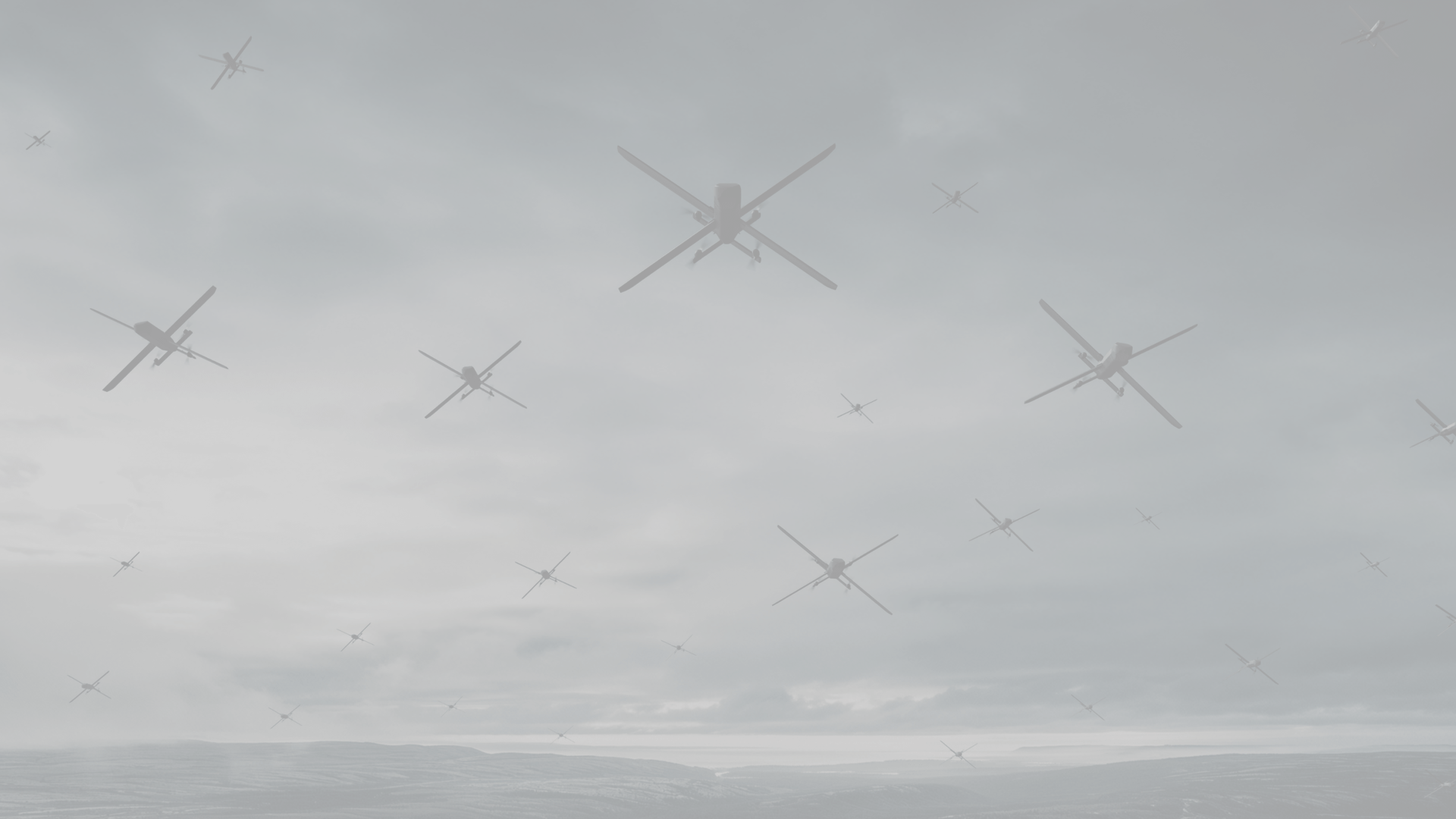
NATO’s Eastern Flank: Enhanced Forward Presence, New Force Model & German Commitment
Helsing’s initiative aligns closely with NATO’s ongoing efforts to strengthen its eastern defenses, particularly through the Enhanced Forward Presence (EFP) and the newly adopted New Force Model (NFM).
Over the past decade, NATO has steadily reinforced its posture in Eastern Europe in response to evolving regional security challenges. Multinational EFP battlegroups are currently deployed in Estonia, Latvia, Lithuania, and Poland, serving as forward-based tripwires to deter aggression and ensure rapid response.
To further bolster deterrence and readiness, NATO activated the 50,000-strong NATO Response Force (NRF) and introduced the New Force Model, aimed at expanding to 300,000+ high-readiness troops across the alliance.
Germany plays a pivotal role in this strategy, contributing 13,700 personnel to the NRF and committing to station a permanent brigade of 5,000 troops in Lithuania by 2027 — a significant step in reinforcing NATO’s eastern flank and ensuring long-term regional security.
Modern Warfare Shifts to AI-Driven Deterrence
Helsing’s drone wall proposal marks a significant pivot in defense strategy: from static barriers and legacy surveillance to autonomous, AI-coordinated deterrence powered by advanced software and real-time battlefield data.
By combining HX-2 drones, the Altra orchestration platform, and satellite-enabled ISR, NATO stands to gain a scalable, self-adjusting digital shield—a flexible response to both conventional and hybrid threats along its NATO eastern flank.

Frequently Asked Questions (FAQ)
What is Helsing's "drone wall" proposal?
Helsing's "drone wall" is a proposed AI-driven defense network along NATO's eastern flank using HX-2 drones. These drones provide autonomous surveillance, precision targeting, and electronic warfare resilience, forming a digital barrier to deter hostile incursions, particularly from Russian forces.
How soon could the drone wall become operational?
Helsing projects that the drone wall could be fully operational within one year, leveraging modular drone units and existing battlefield-proven systems.
What is the HX-2 drone, and what makes it unique?
The HX-2 is a next-generation, AI-powered drone developed by Helsing. It offers precision strike capabilities, autonomous reconnaissance, and is resistant to electronic countermeasures. It is swarm-capable through Altra, Helsing’s battlefield software platform.
What is Altra, and how does it enhance HX-2 operations?
Altra is Helsing’s integrated reconnaissance-strike software platform. It enables the coordinated operation of multiple HX-2 drones, ISR assets, artillery systems, and battlefield management tools. Altra turns the HX-2 into a scalable, battle-winning system-of-systems, capable of executing complex multi-domain operations autonomously.
Why is this proposal significant for NATO?
The drone wall aligns with NATO's efforts to enhance eastern flank deterrence amid growing Russian threats. It represents a shift toward scalable, automated defense systems that combine air, land, and space-based assets.
How is Germany supporting NATO’s eastern flank?
Germany contributes 13,700 troops to NATO's Response Force and plans to permanently station 5,000 soldiers in Lithuania by 2027. These efforts complement Helsing's drone initiative.
How does Loft Orbital fit into the project?
Helsing’s collaboration with Loft Orbital adds satellite-based reconnaissance, enabling persistent surveillance of borders and troop movements. It strengthens the drone wall’s effectiveness through space-enabled intelligence.


More coverage & related articles on NATO defense, AI-enabled systems, and Eastern European military modernization:
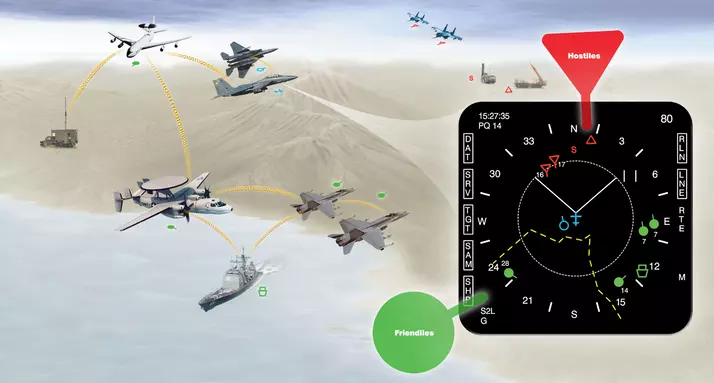
- How NATO is connecting forward units across the Eastern Flank through data-driven battlefield networks.
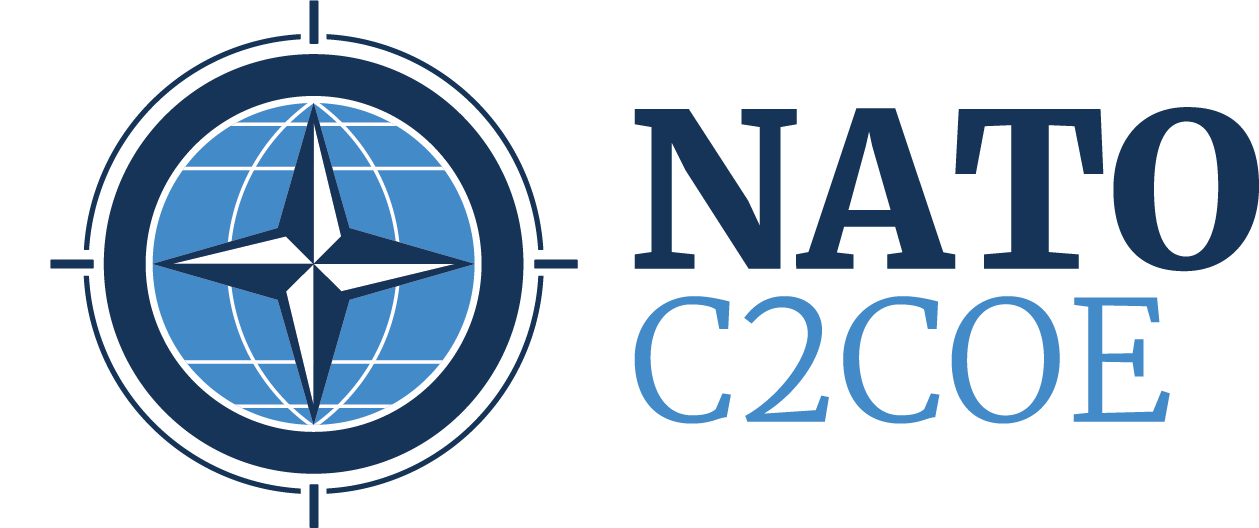
- Inside the future of battlefield leadership through artificial intelligence and predictive systems.
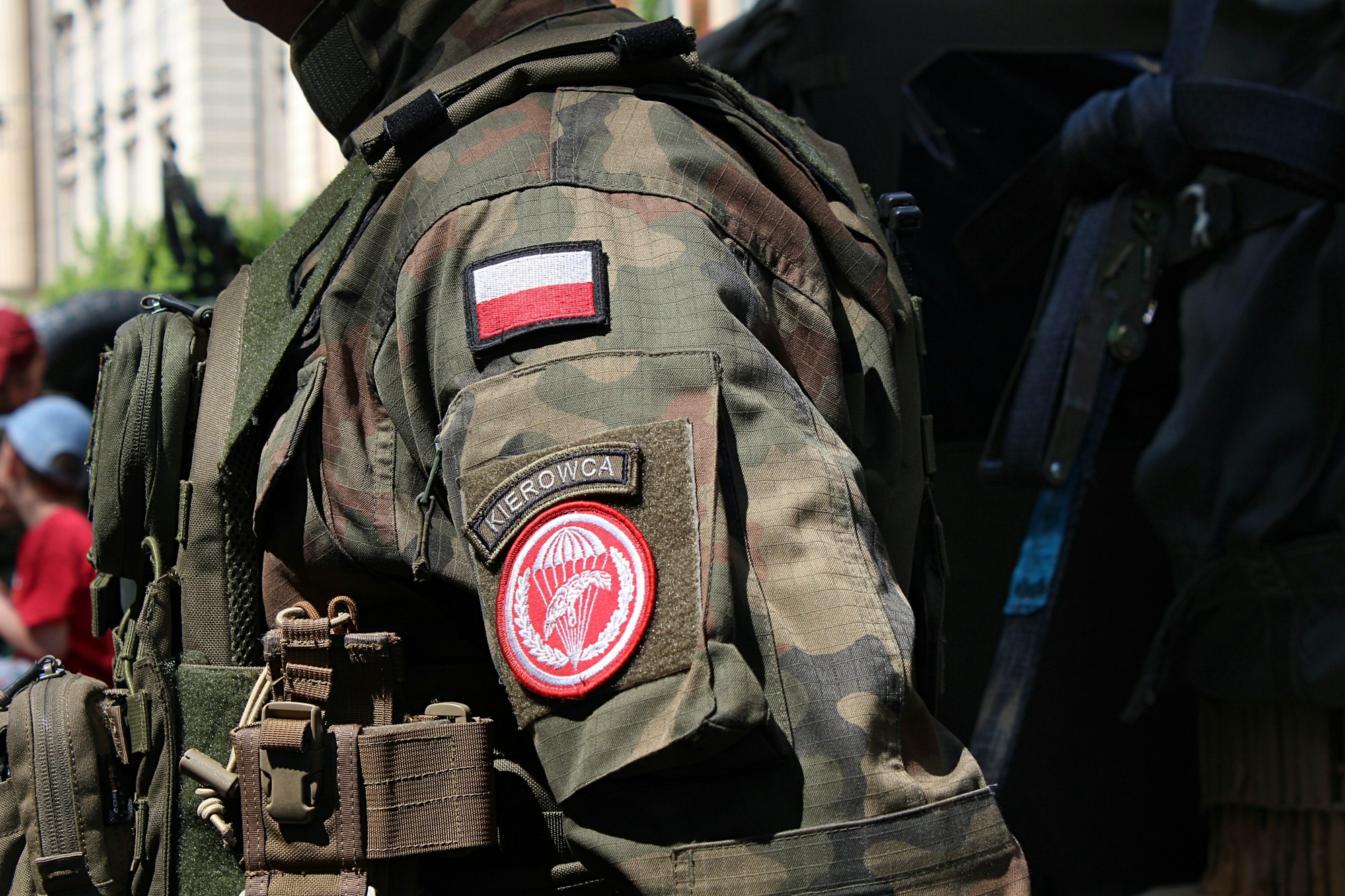
- A national law reshaping the Eastern Flank through massive procurement and strategic restructuring.
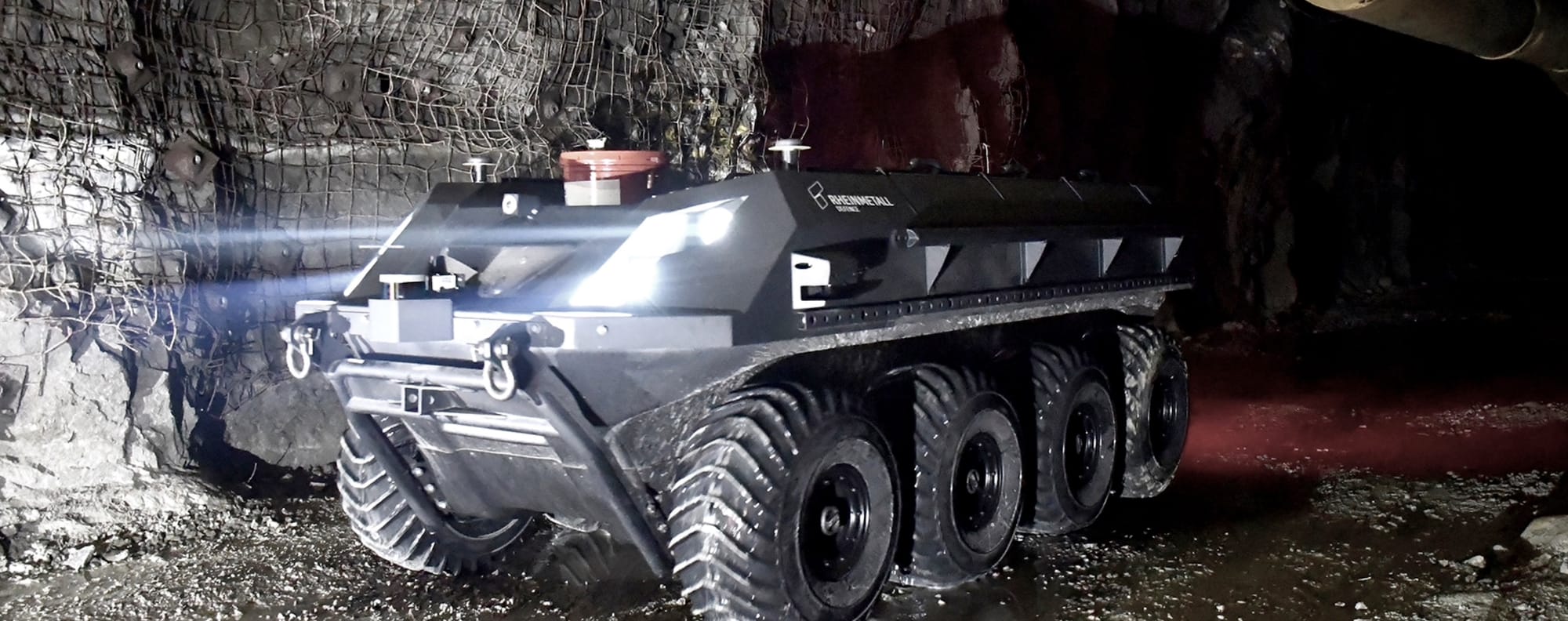
Germany’s defense giant scales up unmanned ground vehicle development for NATO use.
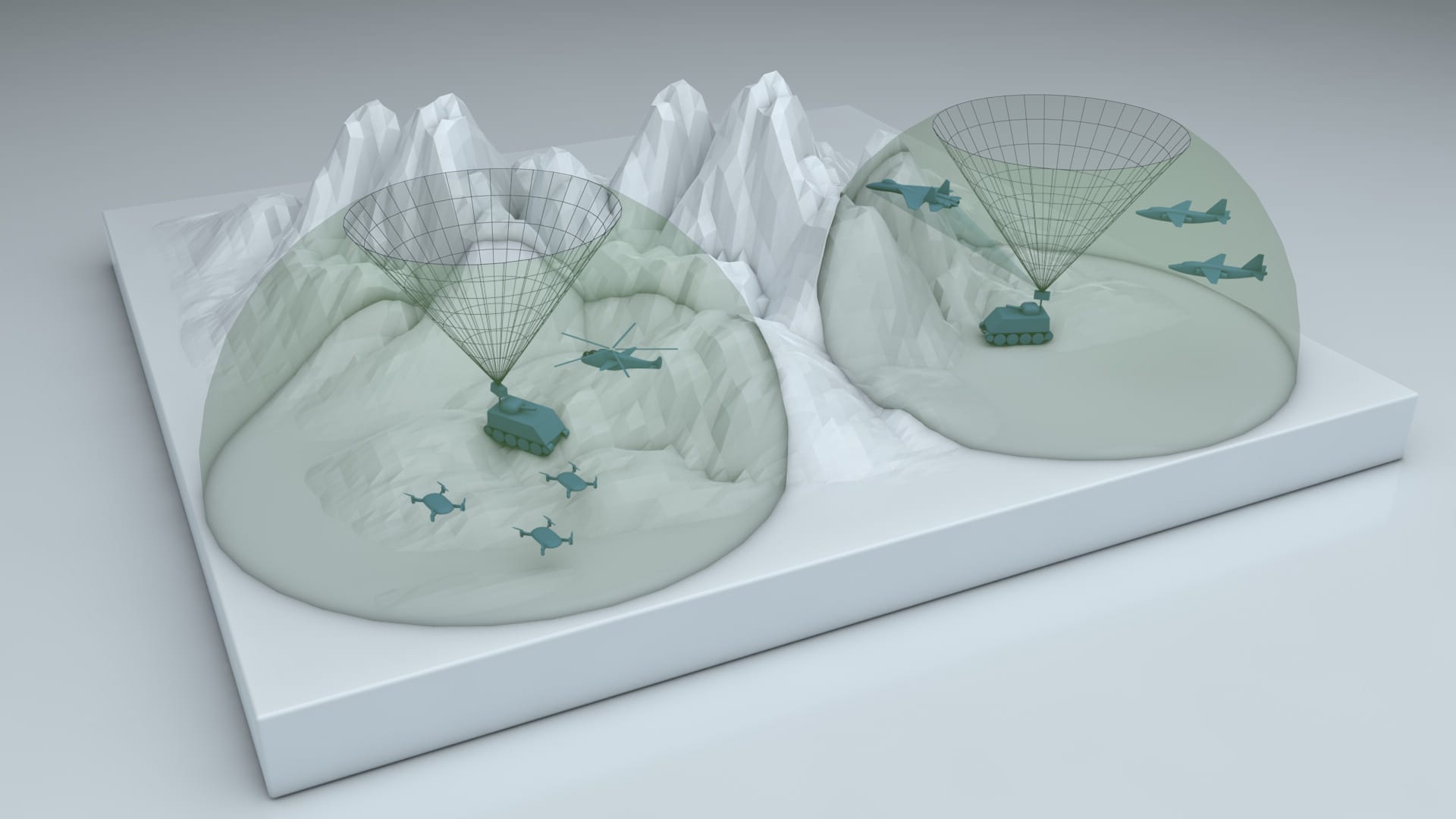
- Counter-drone and air defense updates with radar-based precision across European airspace.

- Defense startups and primes align to push AI supremacy in joint operational environments.
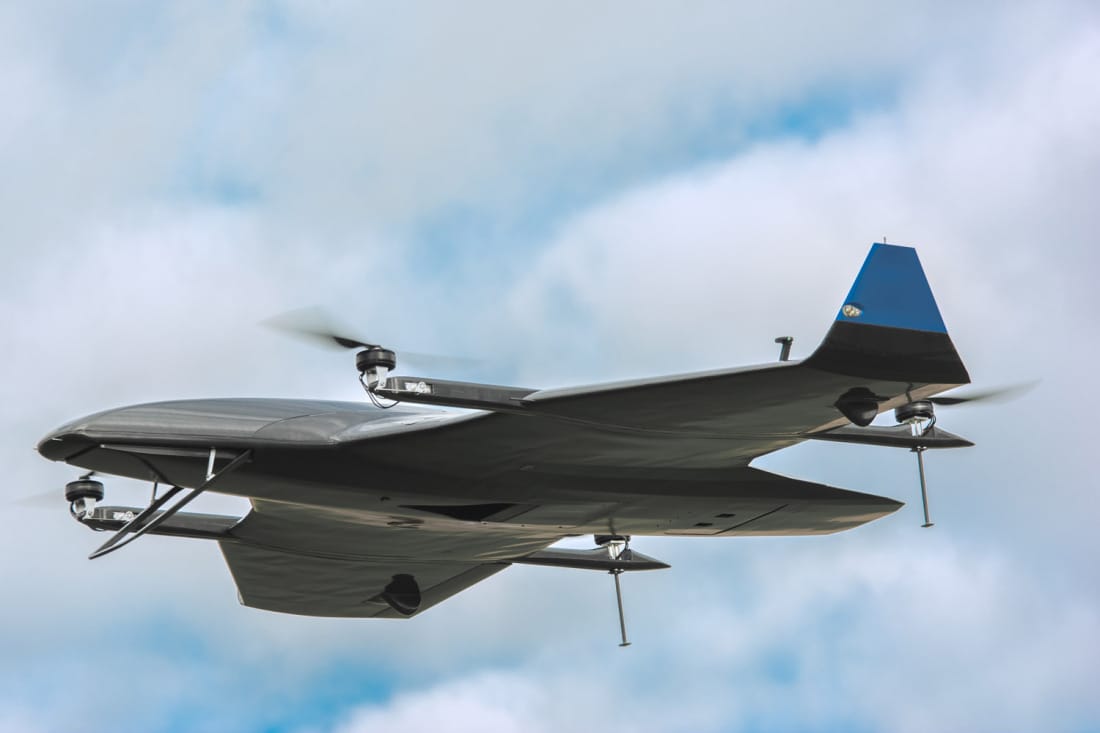
- Innovation meets urgency as drone makers pitch rapid-deploy UAVs for Ukraine.
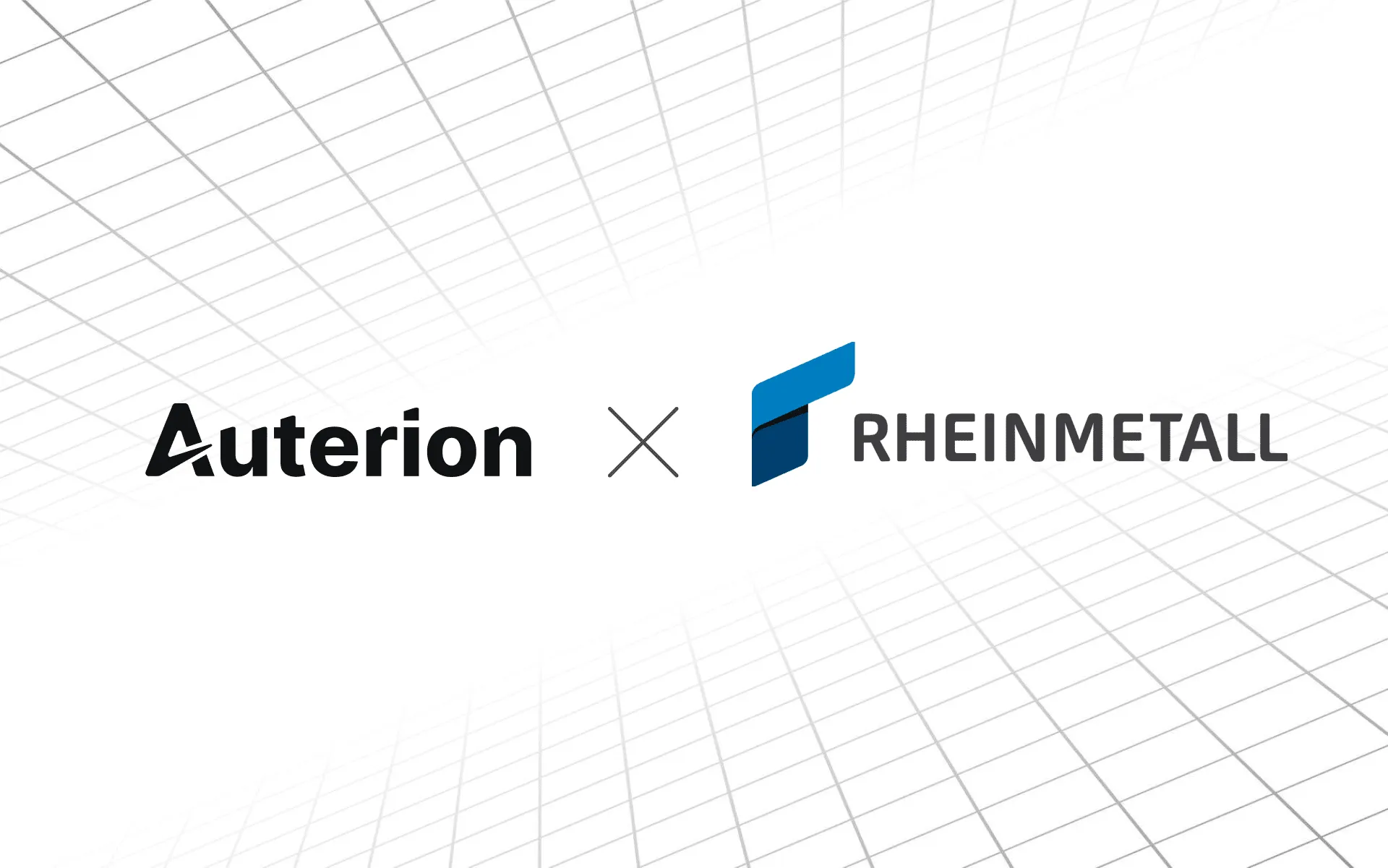
- A unified drone operating system could be the backbone of NATO’s next-gen autonomous forces.

